Featured Papers
-
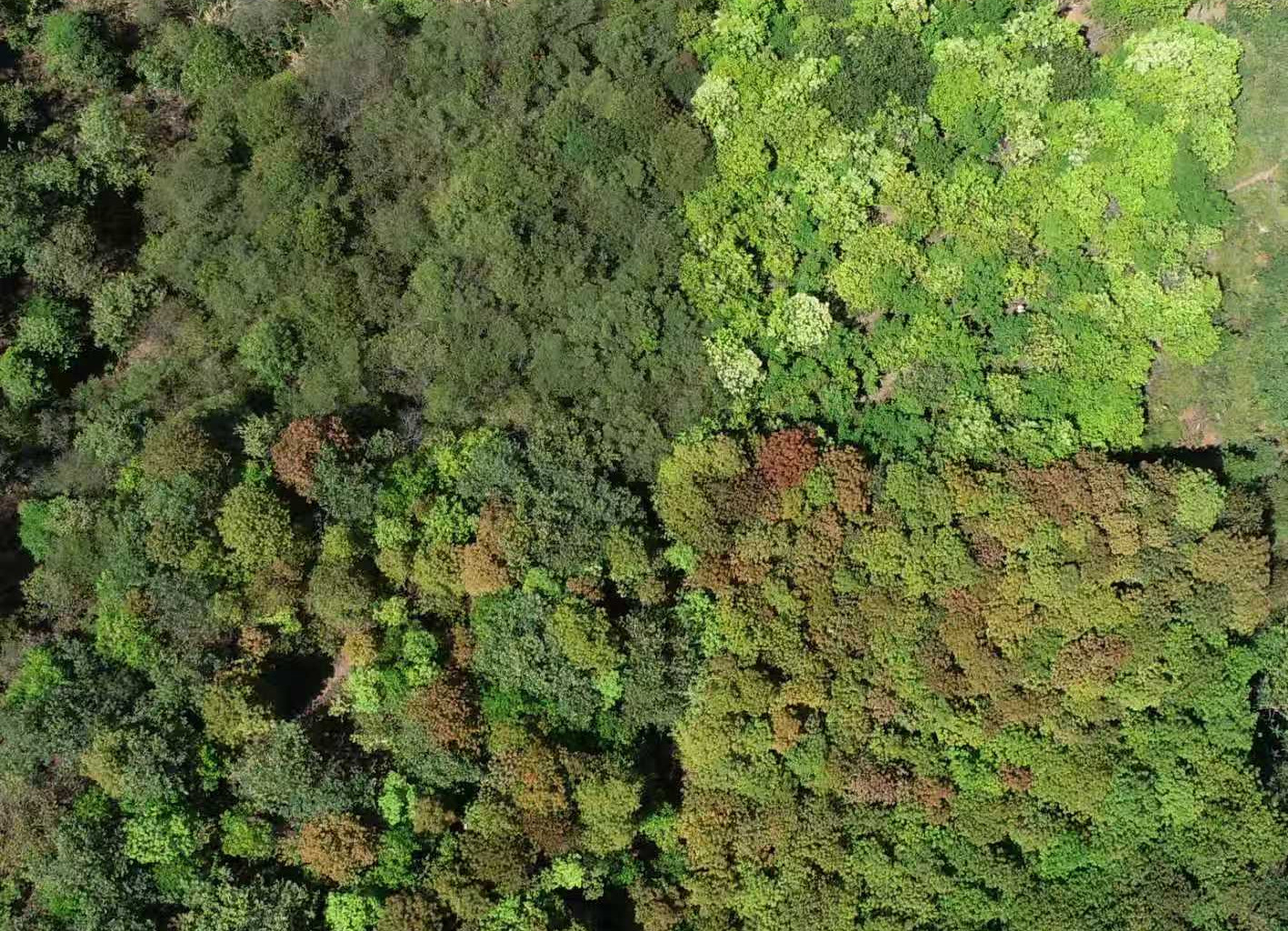
Diverse forests make complementary use of canopy space and produce more biomass
Forests with a large diversity of tree species produce more aboveground biomass because different types of trees can more effectively share the canopy space. And these positive effects even strengthen over time, as a study recently published in PNAS shows.
-
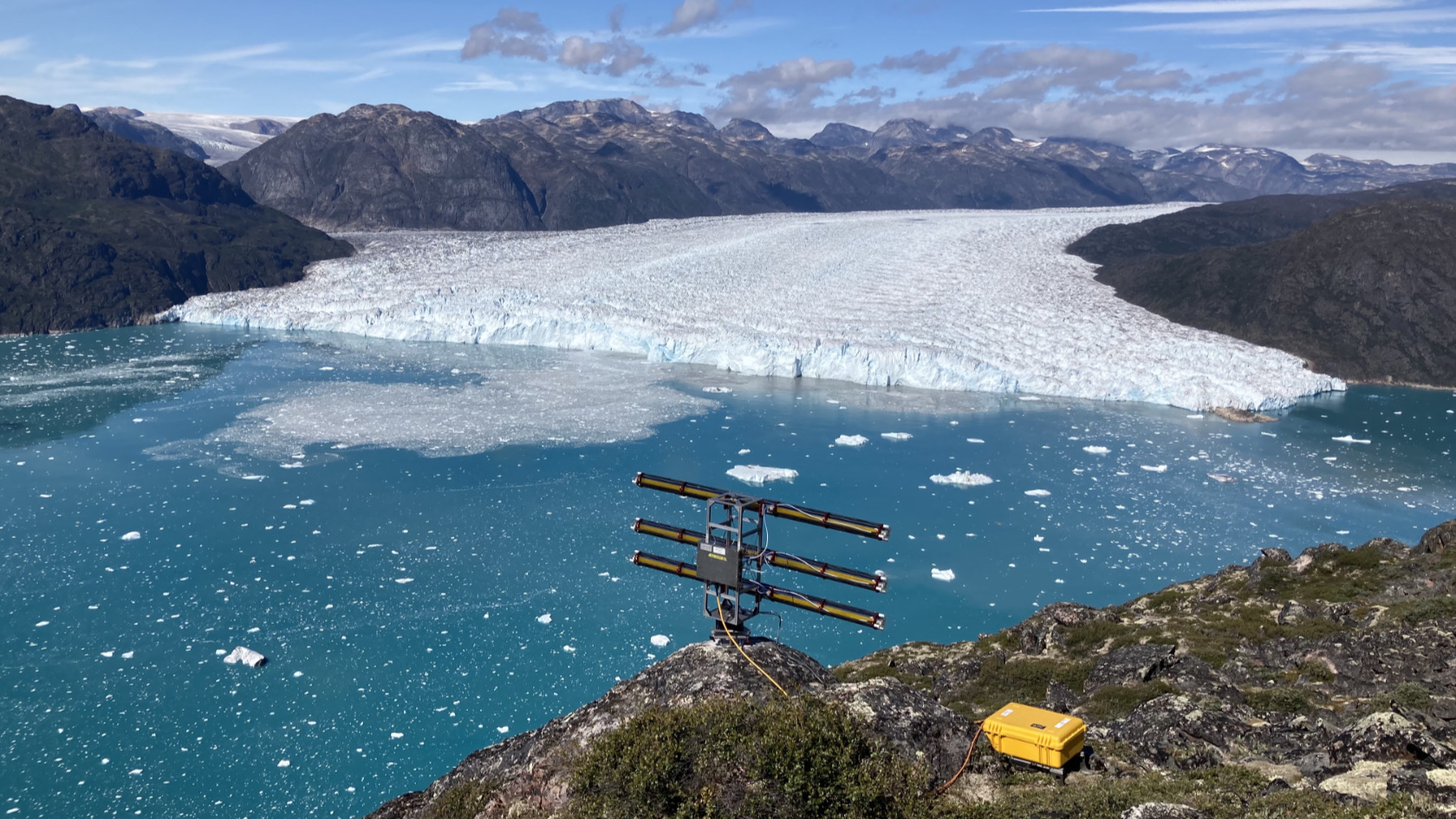
Falling Ice Drives Glacial Retreat in Greenland
When an iceberg calves, huge chunks of ice break off at the end of the glacier. These trigger high waves on the surface and underwater, pushing warmer sea water upwards. This accelerates the melting of the ice masses, as glaciologists from GIUZ have shown in collaboration with an international research team.
-

Fig trees convert atmospheric CO₂ to stone
Some fig trees can convert surprisingly large amounts of carbon dioxide into calcium carbonate, ensuring that the carbon remains in the soil long after the tree has died. This means that fig trees planted for forestry or their fruit could offer additional climate benefits through this carbon-sequestration process.
-
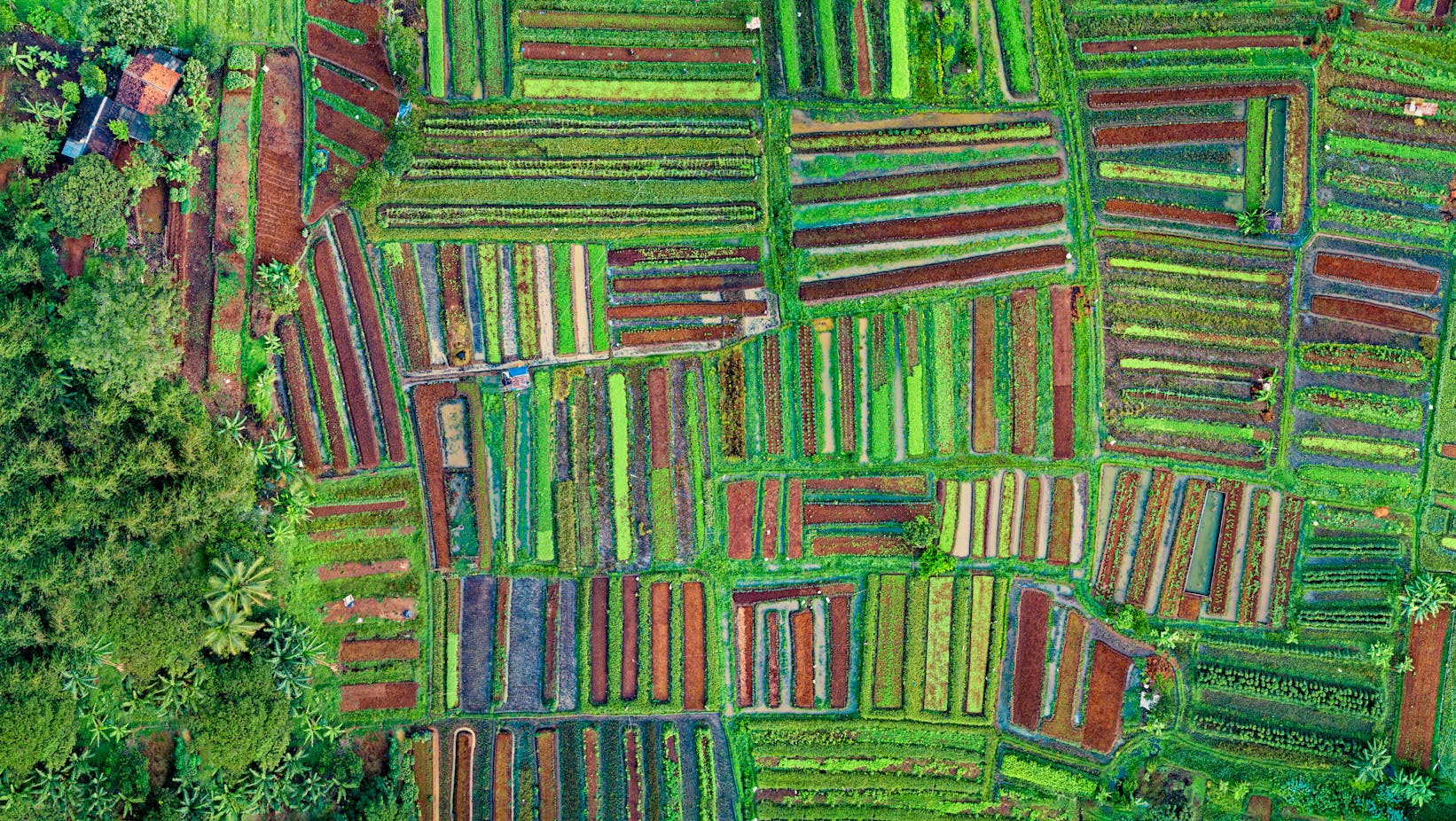
Rising temperatures jeopardise the world's critical food crops
Global food security could be severely affected by a marked decline in crop diversity due to future changes in temperature, precipitation and drought, according to a study recently published in Nature Food and co-authored by GIUZ.
-
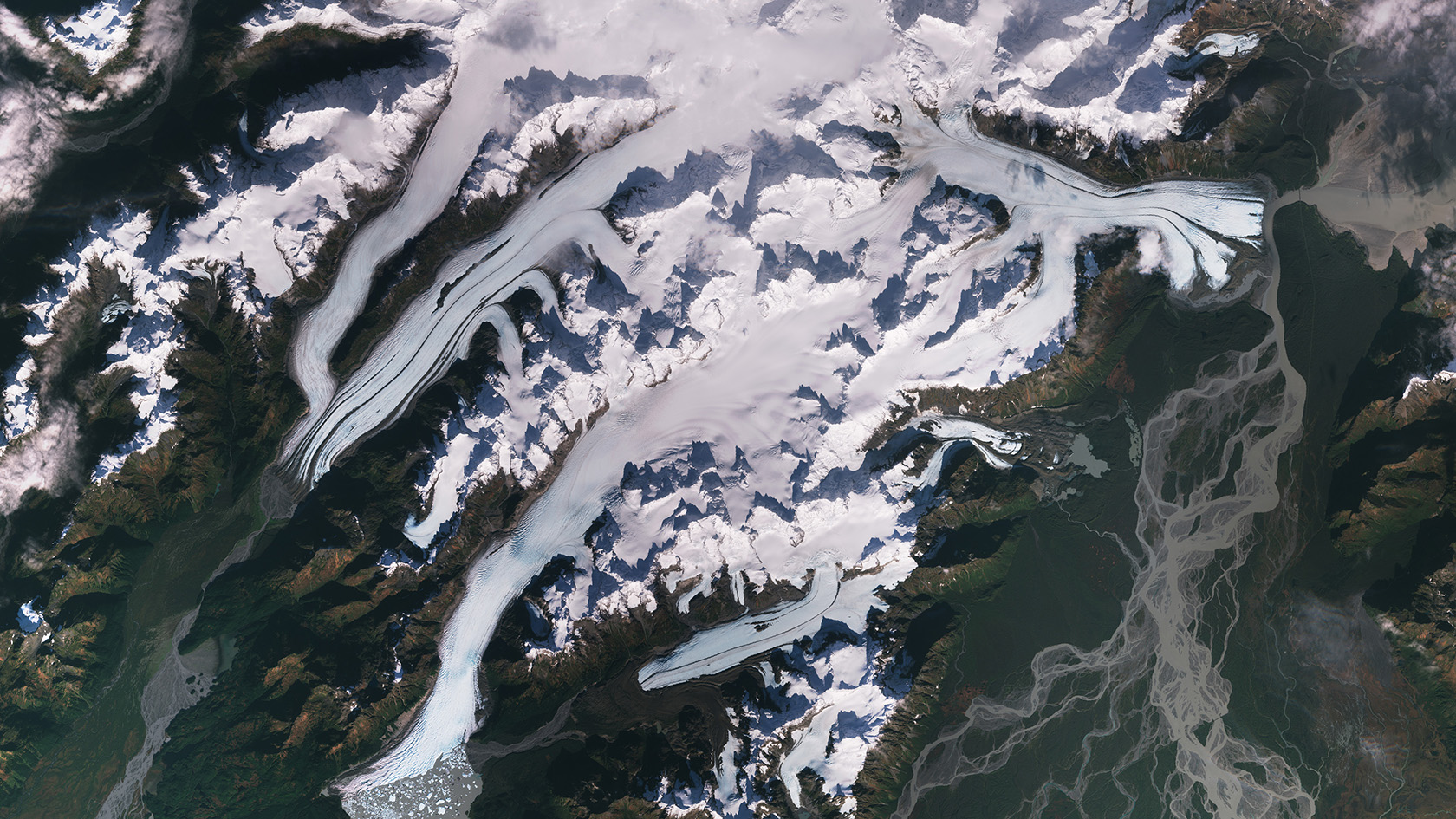
Melting Glaciers Increase Loss of Freshwater Resources and Rise Global Sea Levels
The melting ice from glaciers worldwide is leading to an increased loss of regional freshwater resources. And it is causing global sea levels to rise at ever-greater rates. Since the year 2000, glaciers have been losing 273 billion tons of ice annually, according to estimates by an international research community led by researchers of the University of Zurich.
-
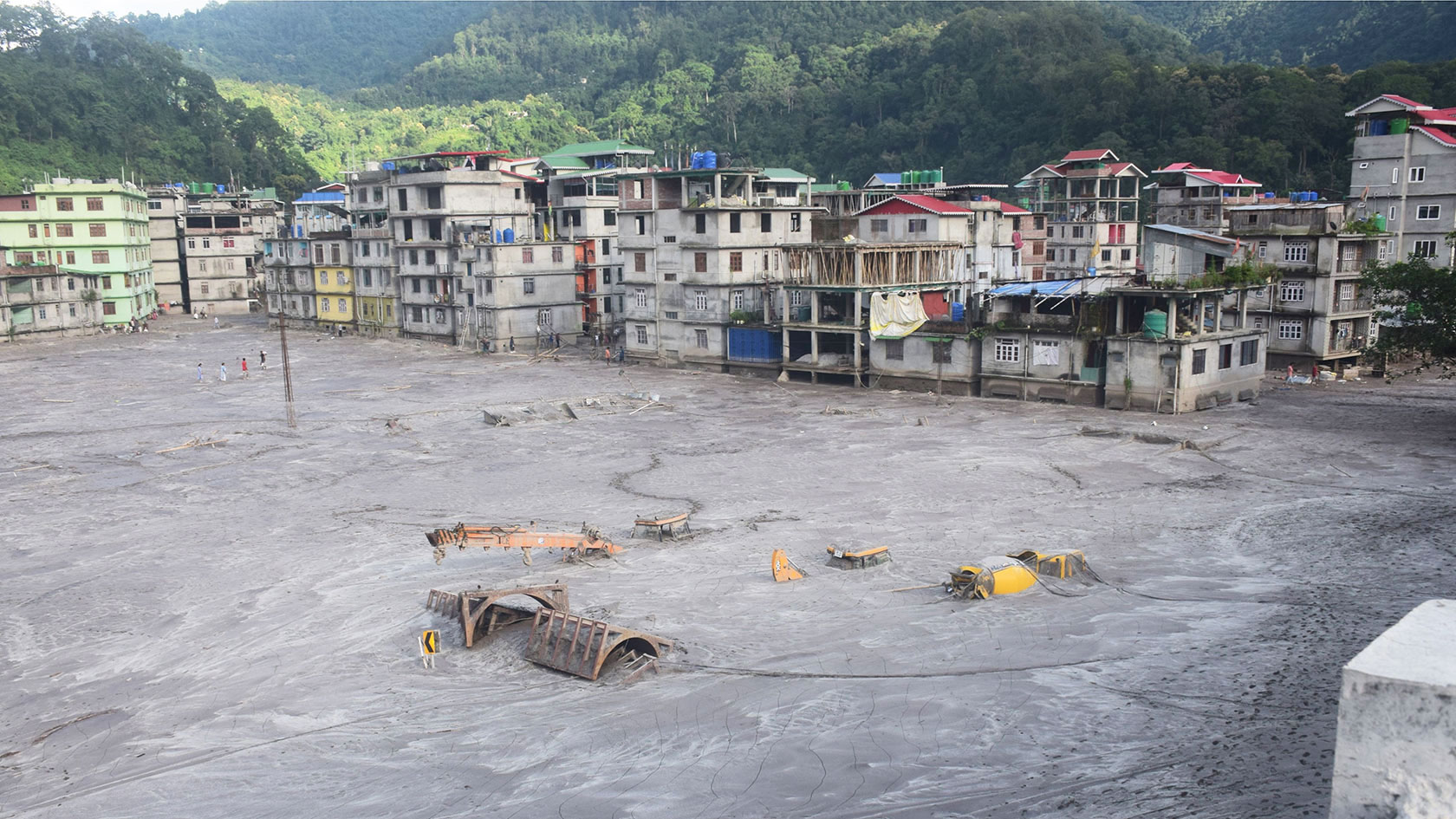
Climate Change Increases Risk of Successive Natural Hazards in the Himalayas
An international research team has concluded that the Sikkim flood disaster in the Himalayas in October 2023 was caused by some 14.7 million cubic meters of frozen moraine material collapsing into South Lhonak Lake, triggering a 20-meter flood wave. The event is a striking example of the increasing dangers of climate change in high mountain regions.
-

High altitude dilemmas: Reducing air travel emissions in academia
Academic air travel contributes significantly to universities' greenhouse gas emissions. A study evaluated five air travel reduction measures while also considering the willingness of academic staff at the Department of Geography to embrace these changes.
-
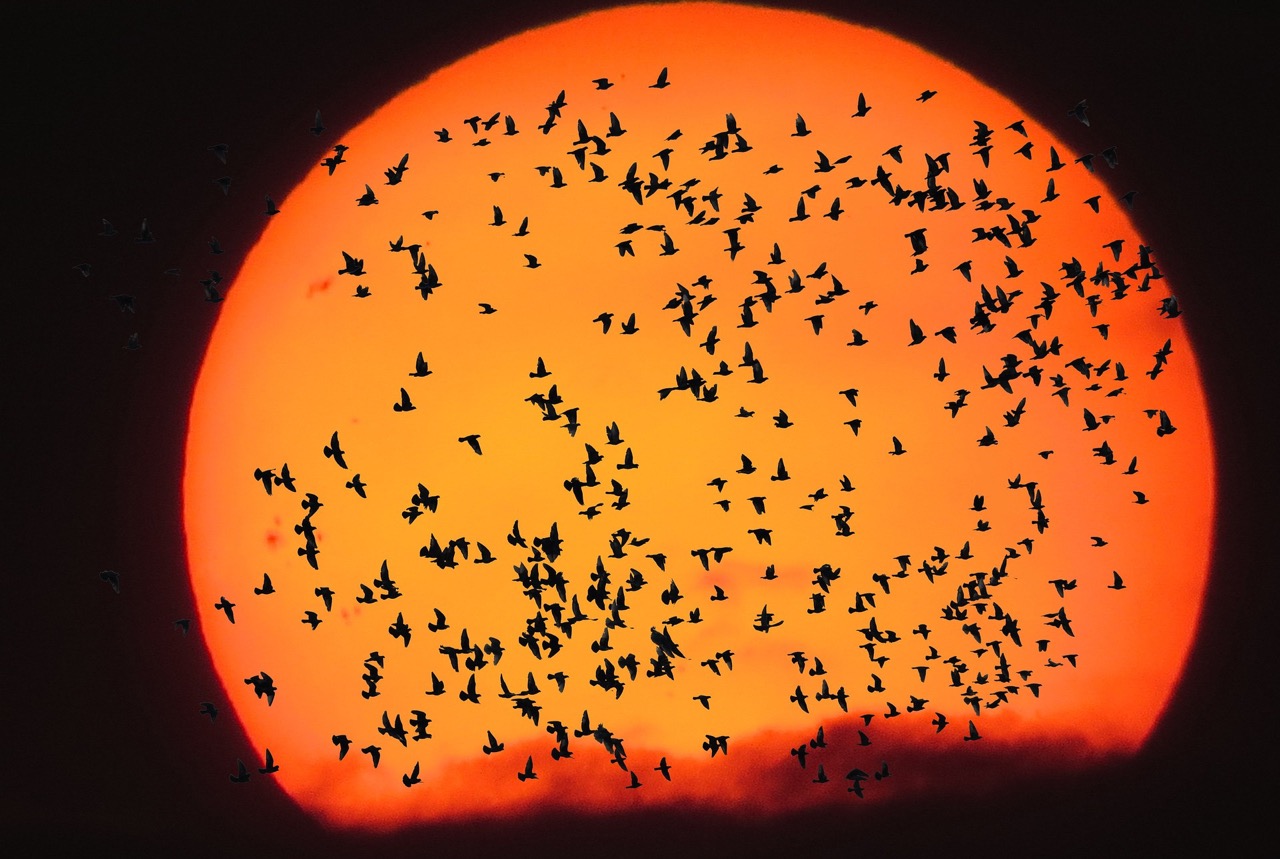
Birds use valleys and passes to cross the Alps
A team from GIUZ and the Swiss Ornithological Institute studied how migratory birds cross the Swiss Alps for the first time using year-round radar measurements: migration intensities, flight altitudes, speeds and directions were monitored. It turned out that migratory birds use the Alpine valleys and adjacent passes as passages. This has important implications for their protection, as valleys and pass crossings are also potential sites for wind turbines.
-
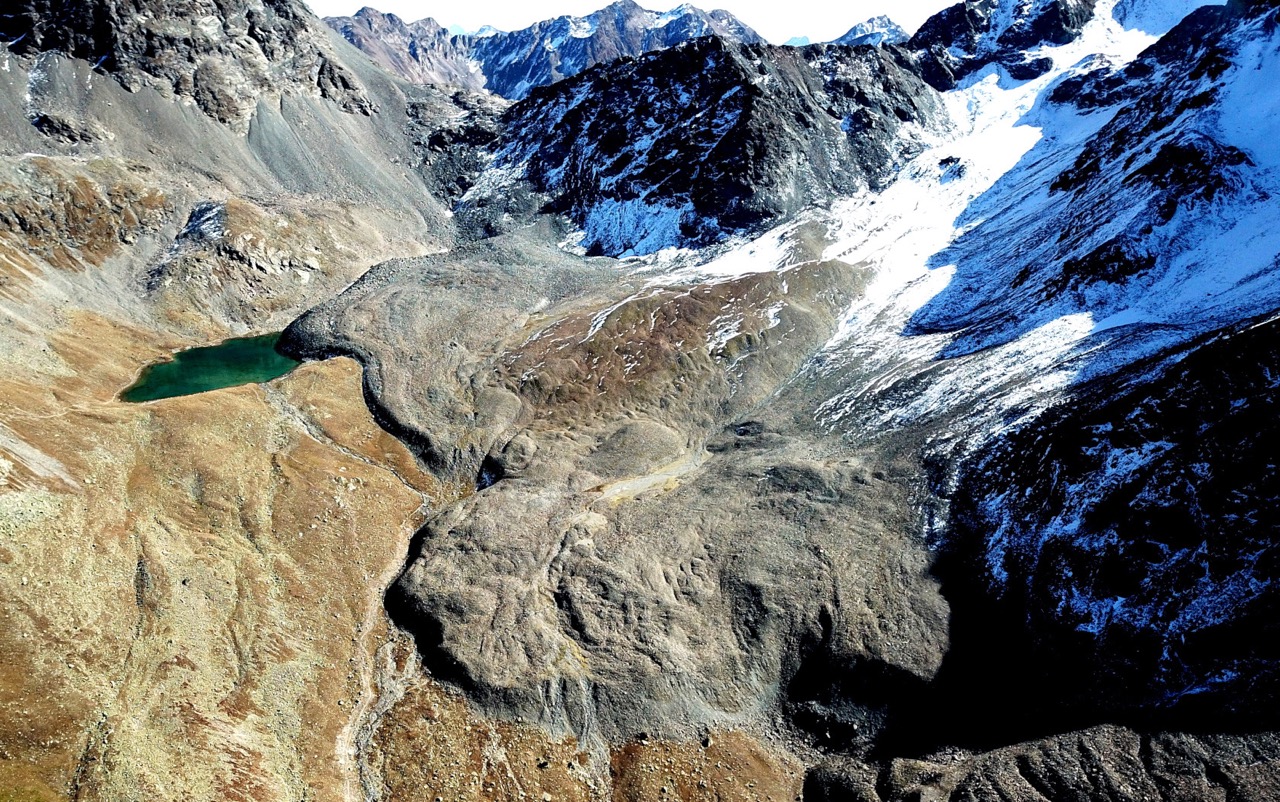
Rock glaciers in synchrony
Rock glaciers are a mixture of debris and ice that are permanently frozen on the inside all year round. They slowly creep downhill, and since the 1990s they have been creeping faster and faster. This makes them a reliable climate indicator, as a recent international study involving the GIUZ has shown.
-
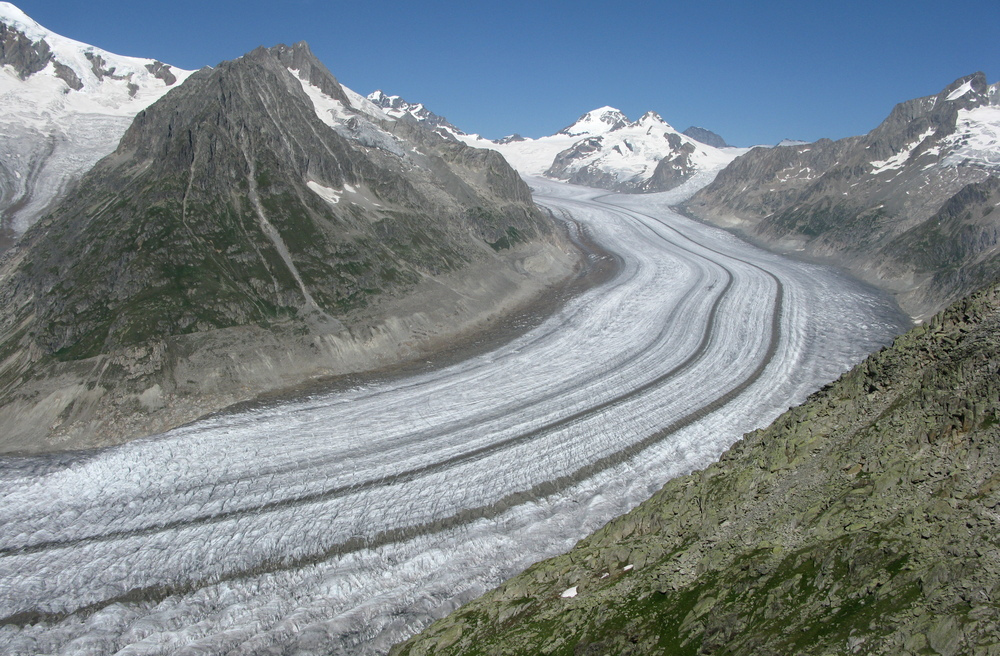
Alpine glaciers will lose at least a third of their volume by 2050, whatever happens
Even if greenhouse gas emissions were to cease altogether, the volume of ice in the European Alps would fall by 34% by 2050. If the trend observed over the last 20 years continues at the same rate, however, almost half the volume of ice will be lost as has been demonstrated by a new international study, co-authored by GIUZ scientists.